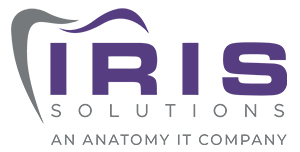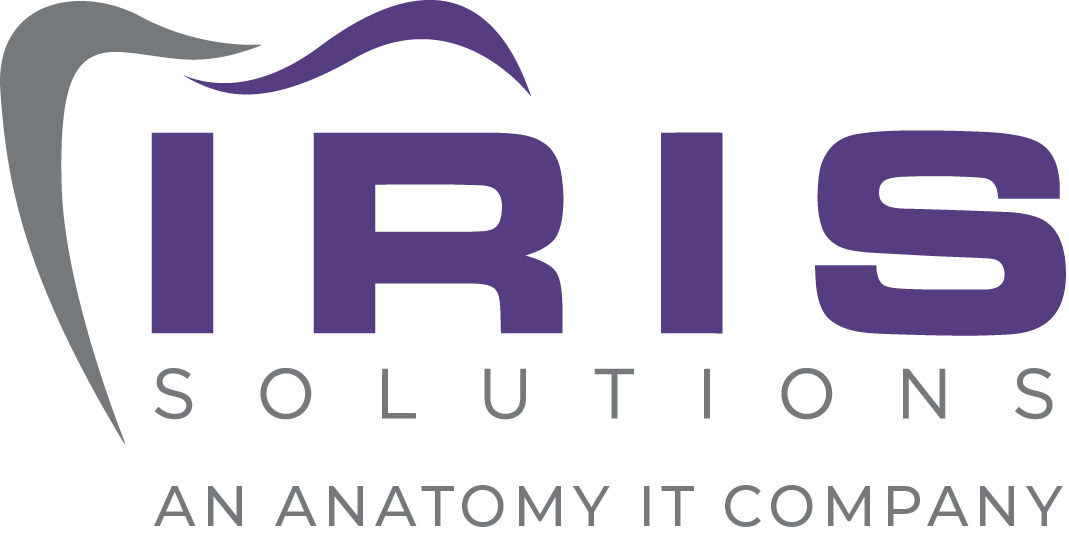What’s set for hybrid cloud this year?

Cloud technology has seen continuous adoption in 2017. In fact, business owners are starting to embrace hybrid cloud so much that 2020 is expected to be the year when combined private and public cloud spending will exceed traditional data centers. But until then, here are five hybrid cloud predictions for 2018.
Clearer strategies
Many infrastructure as a service (IaaS) public cloud vendors have spent 2017 refining their hybrid cloud strategy. Giants like Microsoft, released Azure Stack in conjunction with Amazon Web Services, who released VMware on AWS’ hybrid cloud offering. Oracle and IBM have also entered the market.
So what do these new offerings mean for 2018? This year will determine how much traction they’ll gain and will present business owners like yourself with plenty of options. This means you need a managed services provider now more than ever if you intend to migrate to a hybrid cloud environment this year.
Private cloud war
Private cloud, which was once viewed as an expensive investment, is now the key to ensuring security and control. As such, more companies will find ways to leverage private and hybrid cloud with competition expected to be more intense than ever.
The rise of Containers and platform as a service
We’ve realized how crucial it is to let app / software developers create new business opportunities in the cloud. However, to ensure those applications can run in any environment requires engagement with both private and public clouds. PaaS and Containers provide the resources and flexibility necessary to optimize the app-dev pipeline. As such, they’re expected to be integrated across various hybrid cloud solutions this year.
Optimized connections
More companies are now offering managed and colocation services with direct connections to the public cloud. This is no accident as more companies are now using private and public cloud to handle in-house workloads, which is why an optimized network connection is critical to provide better usability and efficiency from two separate platforms.
With hybrid cloud set to become the norm in the future, optimizing these connections can make or break your business.
More on-premises services
In 2015, Amazon introduced Lambda, a serverless platform that uses function as a service (FaaS) to deliver public cloud resources into on-premises data centers. What’s more, Microsoft, Red Hat, and other companies are trying to do something similar by creating serverless functionalities on hybrid cloud environments.
The connection here is that tech giants will utilize public cloud to create serverless platforms which will provide organizations with much needed resources on-premises without sacrificing convenience, usability, and costs.
Keeping up with the cloud can be quite a headache, which is why we round up every useful IT news and tips in our blog. And if you have any questions about the cloud, just give us a call and we’ll be happy to advise.


